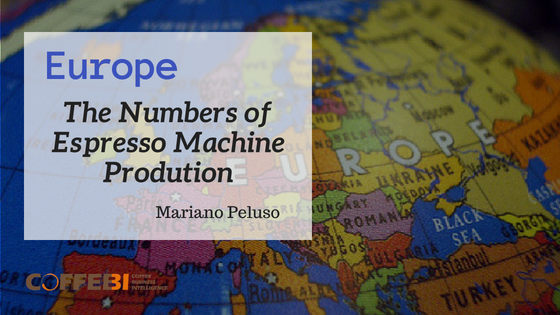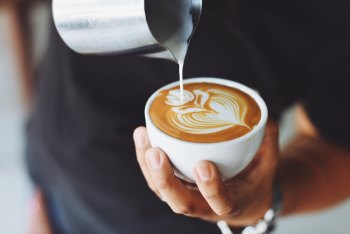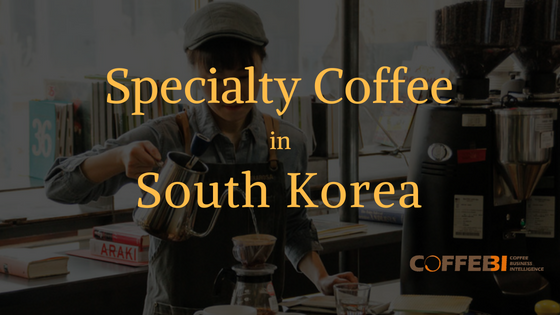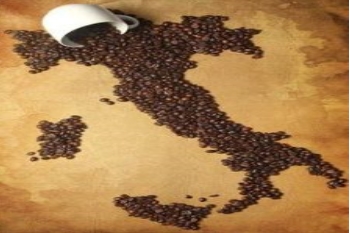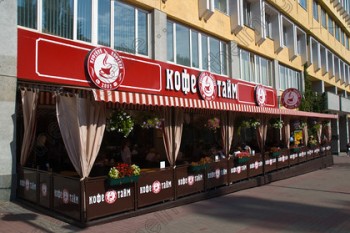How do I compete with the chains?
We get asked this a lot, particularly at a time when an existing independent coffee bar finds itself with a new big branded neighbor. We have had a lot of experience of this over the last 10 years and in fact, we compete in our own business successfully against a much larger national chain.
But what are the key elements to effectively attract customers in the face of the big brands?
Brand Comfort
The biggest advantage the chains have over you is that the customer knows what they are going to get when they walk through their doors. The chances of them recognizing the brand or even having already visited this chain in another town are high. It’s the same reason we drink coke when we are in a foreign country, it’s the safe option.
To combat this feeling of safety you should look at your business from across the road. Does it look inviting, are there visual clues for the customers so they understand what to expect? Is your signage clear and does it say what you do and stand for? For example, do you provide take away? It’s a given that the chains serve take away coffee but it’s not always so obvious in independents. Are your windows clean and your frontage litter free and are your food hygiene standards clearly visible? All these things will either encourage or deter guests from stepping over your threshold.
Consistency
Lack of consistency is a key reason you lose your customers. Your independence is a strength but the freedom that you give your team could be your downfall.
The chains expend a lot of corporate energy in ensuring that the brand standards are adhered to throughout their estate of shops. Strict rules are in place, much training is given and audits are happening every day to ensure that all drinks are made the same way and so taste the same everywhere they operate.
In some independents the lower levels of training, the cult of personality, where each barista has their own style of drink and the turnover of staff. All work together to reduce the chances of a guest getting the same drink made in the same way. This lack of consistency will drive customers away.
The successful independents work really hard to ensure that their drinks are always consistent and that their guests can feel comfortable that the flat white they order on Tuesday will be the same as the one they drank on Monday.
Service
This should be an easy win against the chains as your guests already believe the big chains are faceless so you are halfway there. What little things can you do to that will make you stand out from your competition? [Sign in to continue]


